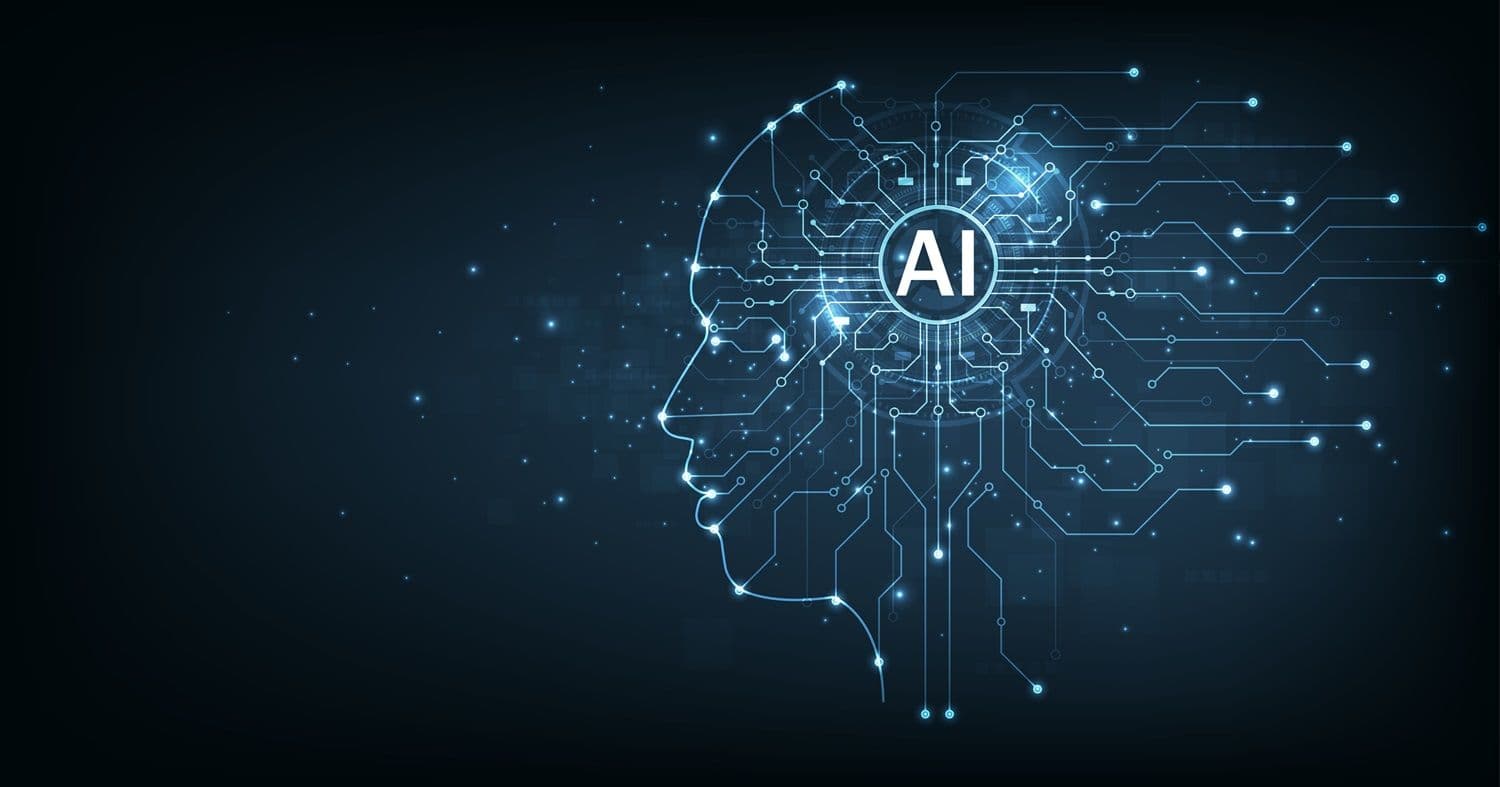Welcome to Hawatel's blog!
September 9, 2024 | General
New directions in artificial intelligence in 2024: Generative models, transfer learning, and beyond
Artificial Intelligence (AI) in 2024 continues to evolve dynamically, introducing new innovations and research directions that are transforming the face of technology. Generative models like GPT-4 and transfer learning techniques open up new possibilities in data processing and process automation. However, with technological advancements come new challenges, such as scaling complex models and managing vast training datasets. Key tools like TensorFlow and PyTorch support AI development, enabling the creation of increasingly advanced solutions.
In this article, we will look at the latest achievements in AI, their applications across various industries, and future directions for this technology.

Overview of the latest AI achievements
In 2024, generative models such as GPT-4 continue to play a key role in AI development. Leveraging vast amounts of textual data, these models can generate naturally sounding text, answer questions, and even create artistic content. New generations of models focus on increasing the precision, efficiency, and contextual relevance of responses.
Another area of rapid development is deep learning, particularly in fields like image processing, speech recognition, and biological sequence analysis. Architectures like Transformers, initially designed for natural language processing, are now being applied in other fields, such as computational biology.
Transfer learning enables AI models to use knowledge gained from one task to improve performance on another, which is particularly valuable when access to training data is limited. In 2024, we are seeing the development of more efficient transfer learning techniques that are less prone to data mismatch issues.
AI applications in various industries
AI plays a key role in data analysis. AI-powered tools can process vast datasets, uncover patterns, and draw conclusions that are difficult for humans to identify. In the financial sector, AI is used for risk analysis, fraud detection, and market trend forecasting.
In industry, AI enables the automation of production processes, quality monitoring, and resource optimization. In the logistics sector, AI is used for route planning, warehouse management, and demand forecasting. In medicine, AI supports disease diagnosis, personalized therapies, and medical image analysis.
Technical challenges
Scaling AI models is one of the biggest technical challenges. Models are becoming increasingly complex, requiring more computational power and resources for training. Solutions based on distributed computing and specialized hardware, such as GPUs and TPUs, help meet these challenges but also introduce new issues related to optimization and infrastructure management.
The quality of training data is crucial to AI model performance. Data management challenges include collecting, cleaning, and ensuring the diversity and representativeness of the data. As models become more dependent on large datasets, issues related to privacy and ethics also arise.
One of the key problems in AI is the lack of model interpretability, especially in those based on deep learning. In 2024, there is growing emphasis on developing methods that help understand why a model made a specific decision. Methods such as SHAP (SHapley Additive exPlanations) and LIME (Local Interpretable Model-agnostic Explanations) are becoming industry standards, supporting transparency and trust in AI.

Tools and libraries supporting AI development
The most popular tools and libraries supporting AI development in 2024 include:
- TensorFlow – a versatile platform for building deep learning models, offering tools for training, optimization, and deploying models on various platforms.
- PyTorch – a dynamic and flexible deep learning library that has gained popularity among researchers due to its intuitive interface and support for working with GPUs.
- scikit-learn – a machine learning tool offering a wide range of algorithms and tools for data processing, modeling, and performance evaluation.
The future of AI
The future of AI is full of promise but also challenges. On the one hand, we expect further development of technologies that will become more advanced and versatile. Generative models will become even more complex, and transfer learning will become more common in everyday applications. On the other hand, AI will have a significant impact on the job market, requiring employers and employees to adapt to new realities. The automation of many professions will require worker retraining and investment in education.
In 2024, artificial intelligence will remain one of the most important technological areas shaping the future of many industries. Technical challenges, tool development, and the impact on the job market are key aspects that will define its continued evolution.


